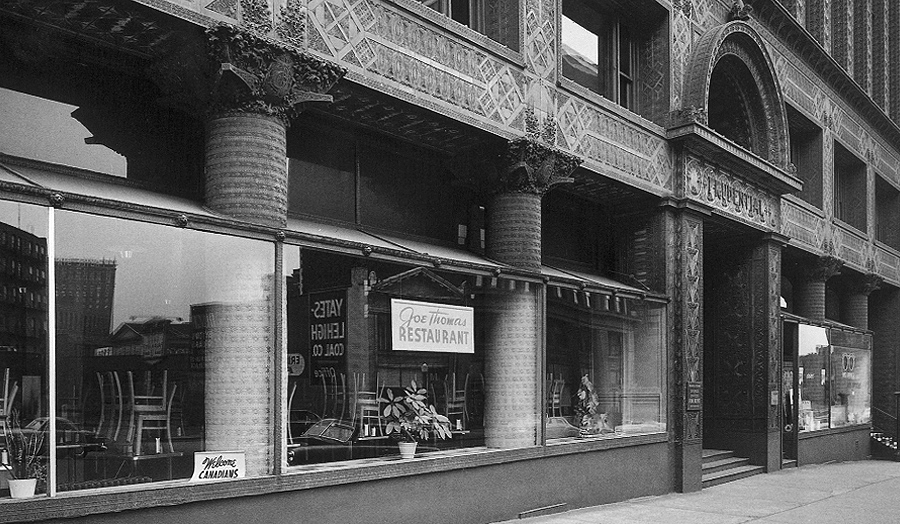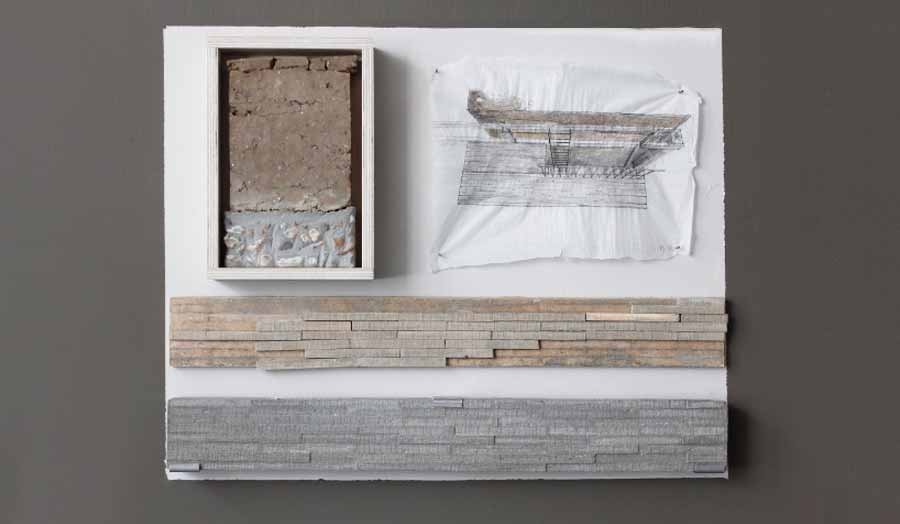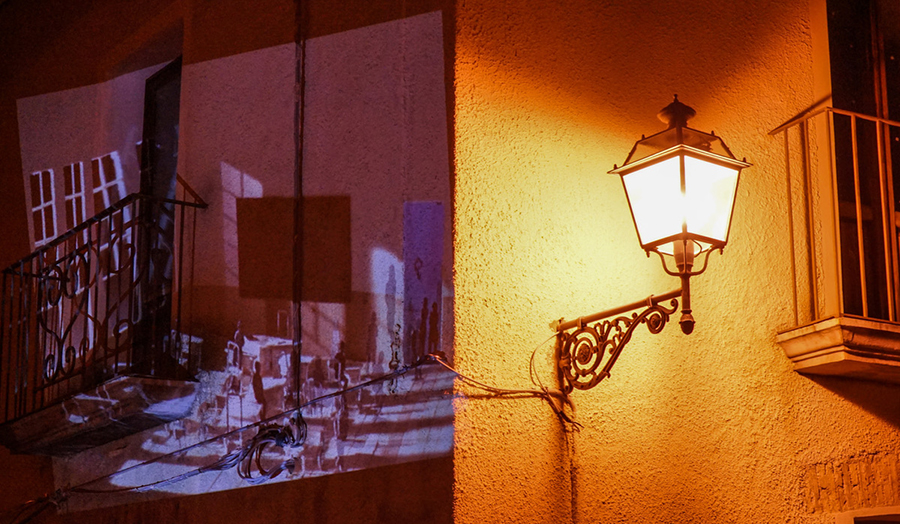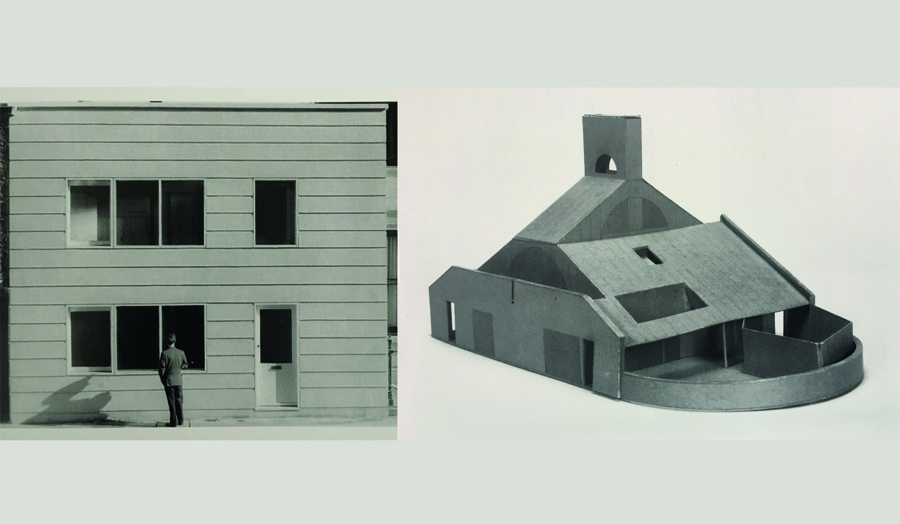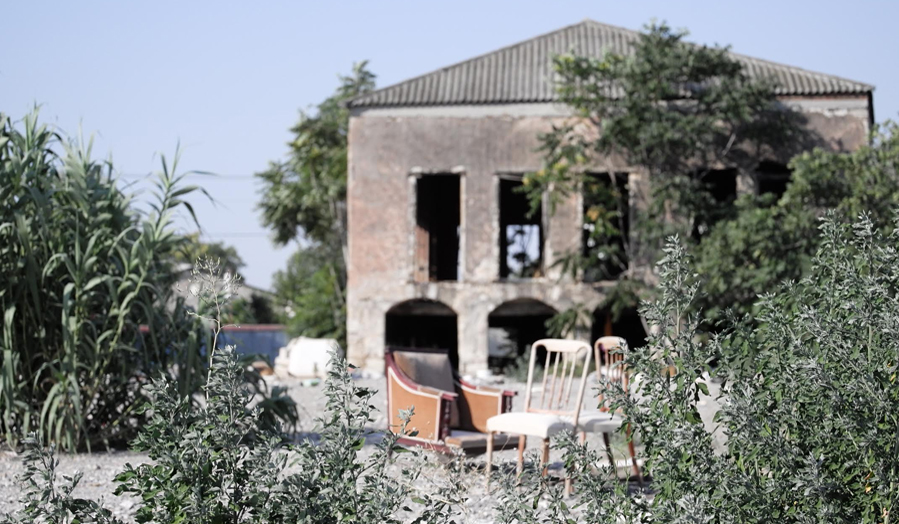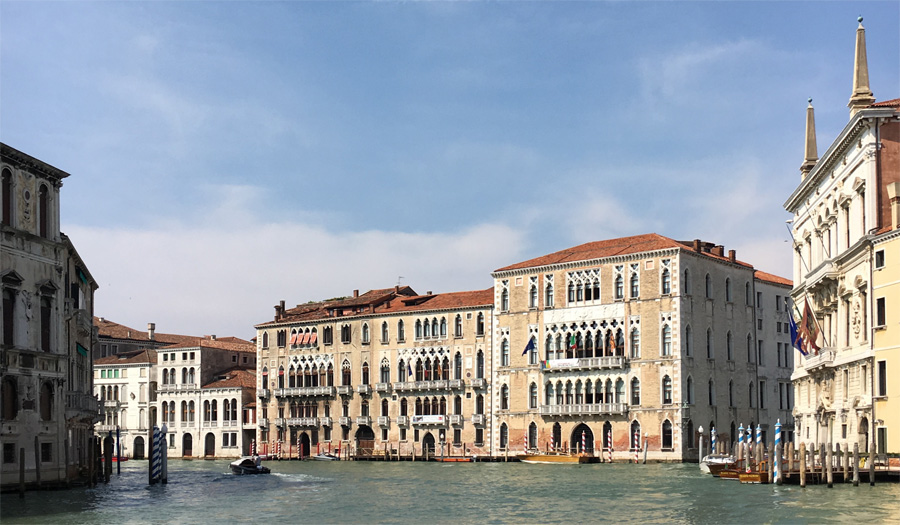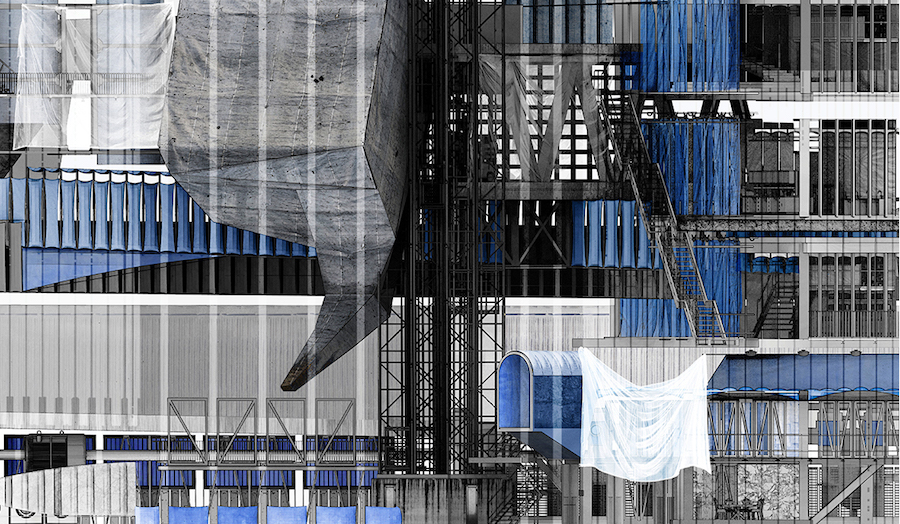Studio brief
“An edge may be more than simply a dominant barrier. If some visual or motion penetration is allowed through it – it is, as it were, structure to some depth with the regions on either side. It then becomes a seam rather than a barrier, a line of exchange along which two areas are sewn together”.
The Image of the City, Kevin Lynch (1967)
The Roman wall that shaped the City of London will be our starting point, as we consider the difference between the boundary – a rigid barrier, and the border – a porous yet resistant threshold that allows and encourages exchange. The traditional city wall provides an unlikely border condition to consider, for whilst the city gates regulated commerce and tax, informal markets and unregulated development flourished along both sides of the wall. Furthermore, the territory of the wall was where heretics, exiles and outsiders tended to gravitate away from the control of the centre.
Our engagement with urban topography will be informed by considering two closely related representational conceptions: Frame and Horizon. On the one hand, the idea of a Frame can be a device to define, to structure and to create enclosure or form. In contrast, the Horizon, ever distant and beyond reach, can represent a datum or a common ground for our speculations.
Whilst over time London’s city walls have become less explicitly physically manifest the edge they represent can still be perceived, whether this is spatial interventions comprising the city’s Ring of Steel or political and social divides between privilege and deprivation. Through proposition we will consider how, through the good governance of urban institutions such as guilds, livery companies and charitable foundations, sanctuaries in the city can be created to provide support and opportunities for its citizens.
The studio will continue to question the role that representation plays in the process of conceiving and making critical architectural interventions in the city. Moreover, we will assert ways that ambiguity and incompleteness can contribute to a public realm in which edge conditions become borders for exchange not boundaries of separation.
Our field trip will be to Moscow, where we will collaborate with the MARCH Architecture School, research Constructivism and visit the countercultural arts collective, Nikola-Lenivets.
Image: Effects of Good Government in the City, Ambrogio Lorenzetti (1338)
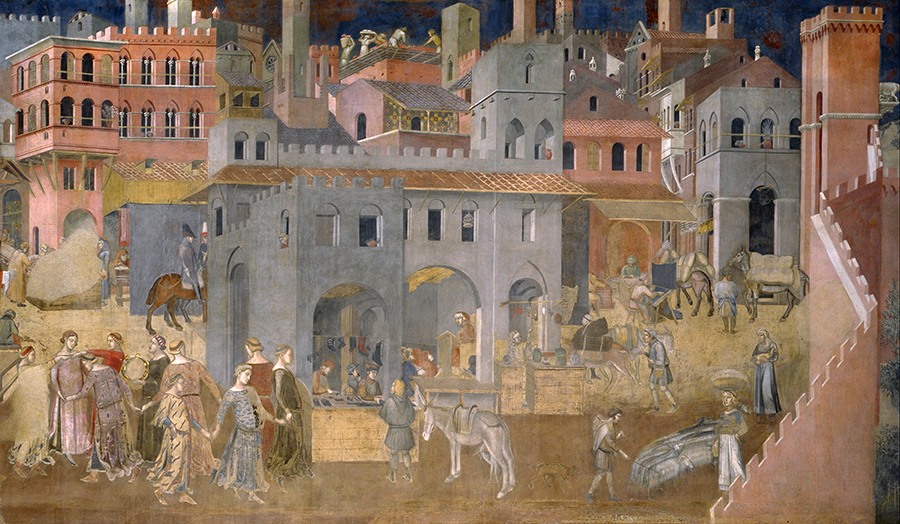
Details
| Course | |
|---|---|
| Tutors | Anna Ludwig Rufus Willis |
| Where | Goulston Street Room GS1-11 |
| When | Tuesday and Friday |

